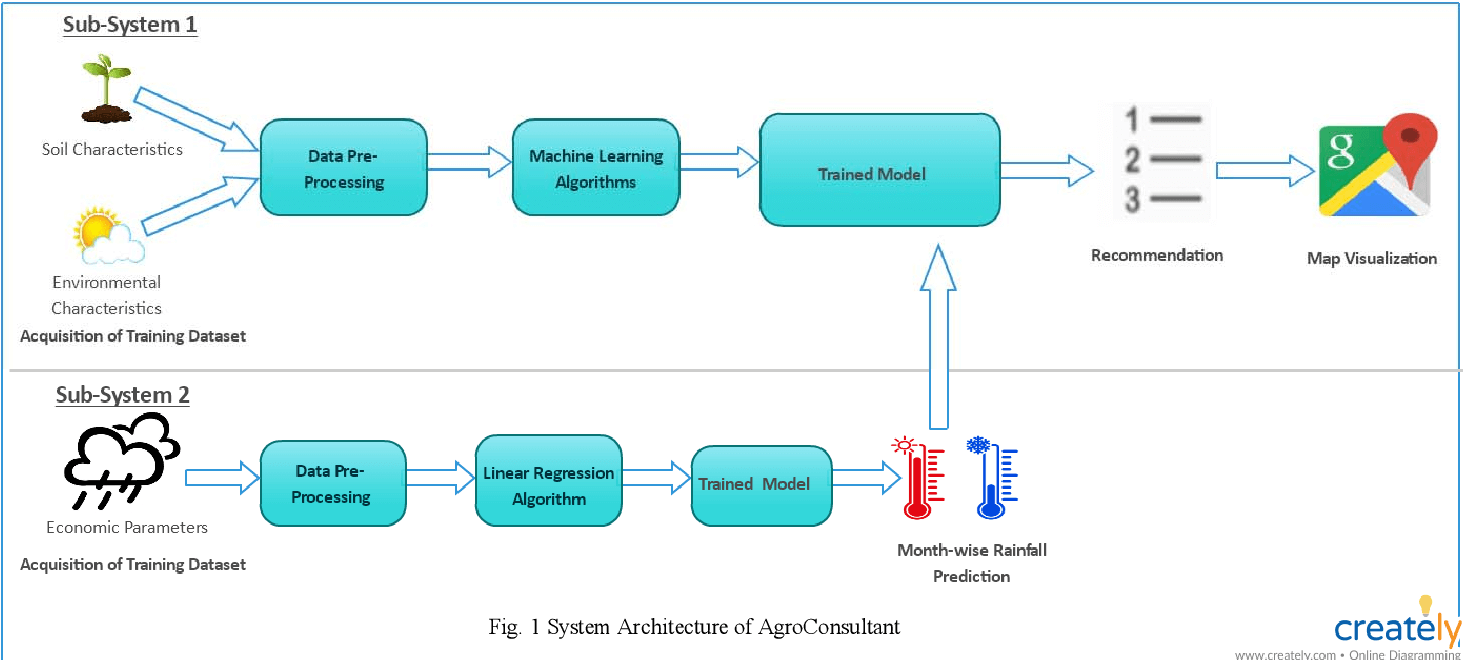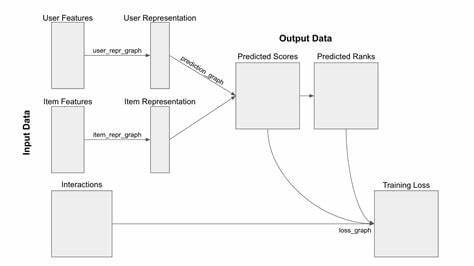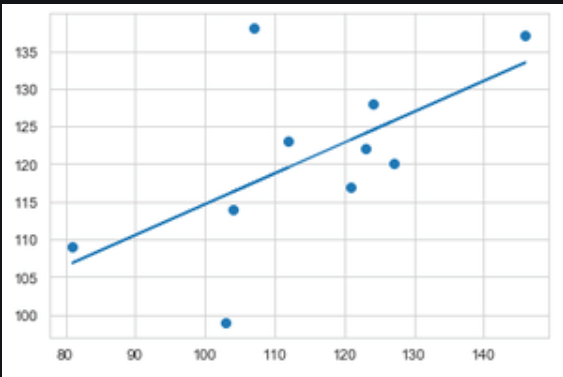Python Tutorial
Python OOPs
Python MySQL
Python MongoDB
Python SQLite
Python Questions
Plotly
Python Tkinter (GUI)
Python Web Blocker
Python MCQ
Related Tutorials
Python Programs
Crop Recommendation System using TensorFlowA crop recommendation system is a tool that helps farmers make informed decisions about the crops they should grow. The system considers various factors such as climate, soil type, irrigation, and market demand to provide personalized recommendations to farmers. This article will discuss how to build a crop recommendation system using TensorFlow. TensorFlow is a popular open-source platform for machine learning and deep learning. It is used by researchers, developers, and companies to build and deploy machine learning models. TensorFlow provides a flexible and scalable framework for building complex models. This article will use TensorFlow to build a simple crop recommendation system. 
Step 1: Data Collection The first step in building a crop recommendation system is to collect data. The data should include information about the climate, soil type, irrigation, and market demand for various crops. This information can be obtained from public sources such as government agricultural departments, research organizations, and online databases. Step 2: Data Pre-processing Once the data is collected, it needs to be pre-processed to remove any inconsistencies, outliers, and missing values. This will ensure that the data is clean and ready to be used in building the model. Step 3: Feature Engineering The next step is to perform feature engineering. Feature engineering is creating new features from the existing data to help improve the model's performance. For example, you could create a new feature that represents the average temperature for a specific region, which can be used to predict the suitability of different crops for that region. Step 4: Model Selection Once the data is pre-processed, and features are engineered, the next step is to select the appropriate model for the crop recommendation system. There are many models to choose from, including linear regression, decision trees, random forests, and neural networks. For this article, we will use a neural network as the model. Step 5: Model Training The next step is to train the model. This involves providing the model with the pre-processed and engineered data and adjusting the model's parameters to minimize the prediction error. The model will continue to learn and improve its performance as more data is fed. Step 6: Model Evaluation Once the model is trained, it is important to evaluate its performance. This can be done using accuracy, precision, recall, and F1 score metrics. These metrics will help determine how well the model performs and identify improvement areas. Step 7: Model Deployment The final step is to deploy the model. This involves integrating the model into a web application or mobile app that farmers can use to receive recommendations about which crops to grow. The application should also inform farmers about the climate, soil type, irrigation, and crop market demand. 
In conclusion, building a crop recommendation system using TensorFlow is a complex process requiring machine learning and deep learning expertise. However, with the right data and appropriate model selection, it is possible to build a system that provides farmers with personalized recommendations about crops to grow. The system can be deployed in a web or mobile application, making it accessible and easy to use for farmers. A crop recommendation system can help farmers make informed decisions about crops to grow by considering climate, soil type, irrigation, and market demand. TensorFlow is a popular platform for building machine learning models and can be used to build a crop recommendation system. The process includes collecting and pre-processing data, performing feature engineering, selecting a model (such as a neural network), training the model, evaluating its performance, and finally deploying it in a web or mobile application for farmers. The goal is to provide farmers with personalized recommendations about crops to grow based on their specific conditions. With the right data and model selection, TensorFlow can be an effective tool for building a crop recommendation system. TensorFlow's crop recommendation system is a valuable tool for farmers as it helps them optimize their crop selection based on specific environmental conditions and market demand. The system uses machine learning algorithms like neural networks to analyze data and make predictions. Building such a system starts with data collection, where relevant information about the climate, soil type, irrigation, and market demand for various crops is gathered. The collected data then undergoes pre-processing to remove inconsistencies, outliers, and missing values, followed by feature engineering to create new features from the existing data. The next step is to select an appropriate model for the crop recommendation system. TensorFlow provides various models, including linear regression, decision trees, random forests, and neural networks. Once the model is selected, it is trained using the pre-processed and engineered data. The model's parameters are adjusted during the training process to minimize the prediction error. The model's performance is then evaluated using accuracy, precision, recall, and F1 score metrics. Finally, the trained model is deployed in a web or mobile application, providing farmers easy access to personalized crop recommendations. The application also provides farmers with additional information about the climate, soil type, irrigation, and crop market demand. In conclusion, the TensorFlow crop recommendation system is a valuable tool for farmers as it helps them make informed decisions about the crops they should grow, considering various factors such as climate, soil type, irrigation, and market demand. The system is built using machine learning algorithms, is easy to access and use, and can be deployed in a web or mobile application. In addition to its usefulness for farmers, the crop recommendation system using TensorFlow has the potential to impact the agricultural industry significantly. By providing farmers with personalized crop recommendations, the system can help to increase crop yields, reduce waste, and improve the overall efficiency of agricultural operations. Furthermore, using machine learning algorithms in the crop recommendation system can help continuously improve the system's performance over time. The algorithms can learn and adapt as more data is collected and fed into the system, making even more accurate predictions. This continuous improvement can lead to better crop recommendations and greater farmer benefits. Another benefit of the crop recommendation system is that it can help farmers decide which crops to grow based on market demand. By considering market trends and consumer preferences, the system can help farmers to choose crops that are most likely to sell, maximizing their profits and reducing the risk of financial loss. In conclusion, the crop recommendation system using TensorFlow is a powerful tool that has the potential to have a significant impact on the agricultural industry. Providing farmers with personalized crop recommendations can help to increase crop yields, reduce waste, and improve the efficiency of agricultural operations. Additionally, machine learning algorithms can help to continuously improve the system's performance and provide farmers with the information they need to make informed decisions about which crops to grow. Output: 
Next TopicData Partitioning in PySpark
|
 For Videos Join Our Youtube Channel: Join Now
For Videos Join Our Youtube Channel: Join Now
Feedback
- Send your Feedback to [email protected]
Help Others, Please Share










